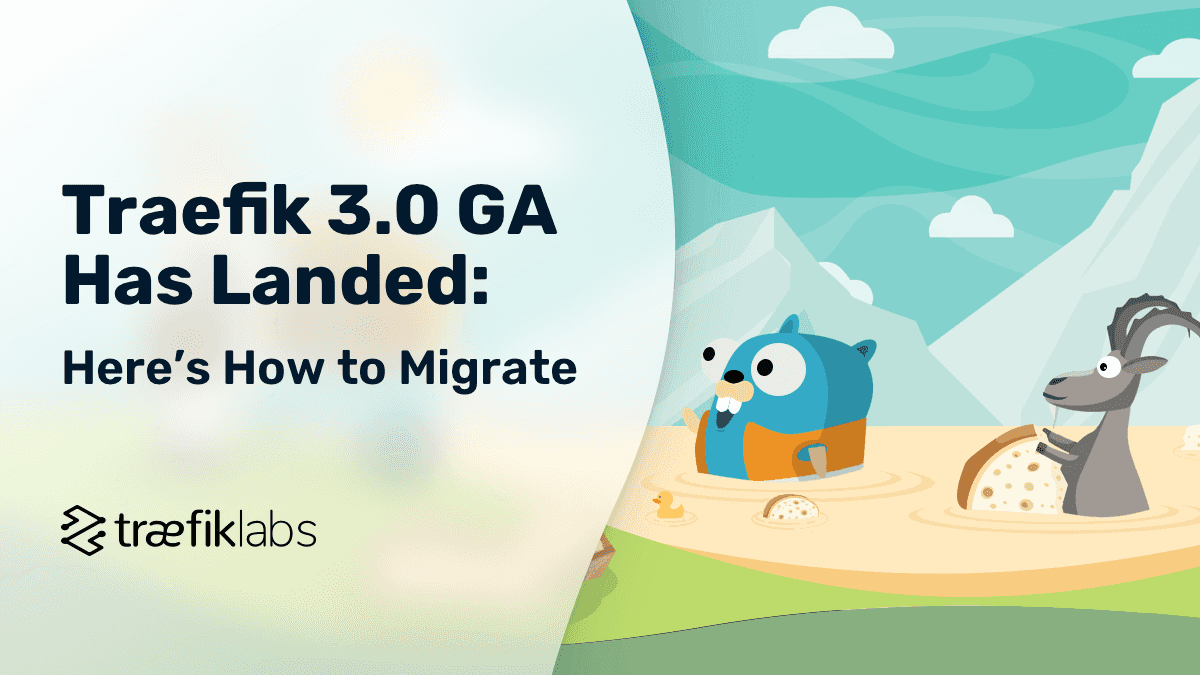

You can get different results, sometimes better sometimes worse, most of the time differently phrased (e.g. the gemma models by google like to do bulletlists and sometimes tell me where they got that information from). There are models specifically trained / finetuned for different tasks (mostly coding, but also writing stories, answering medical questions, telling me what is on a picture, speaking different languages, running on smaller / bigger hardware, etc.). Have a look at ollamas library of models which is outright tiny compared to e.g. huggingface.
Also, i don’t trust OpenAI and others to be confidential with company data or explicit code snippets from work i feed them.

Glad i could help ;)